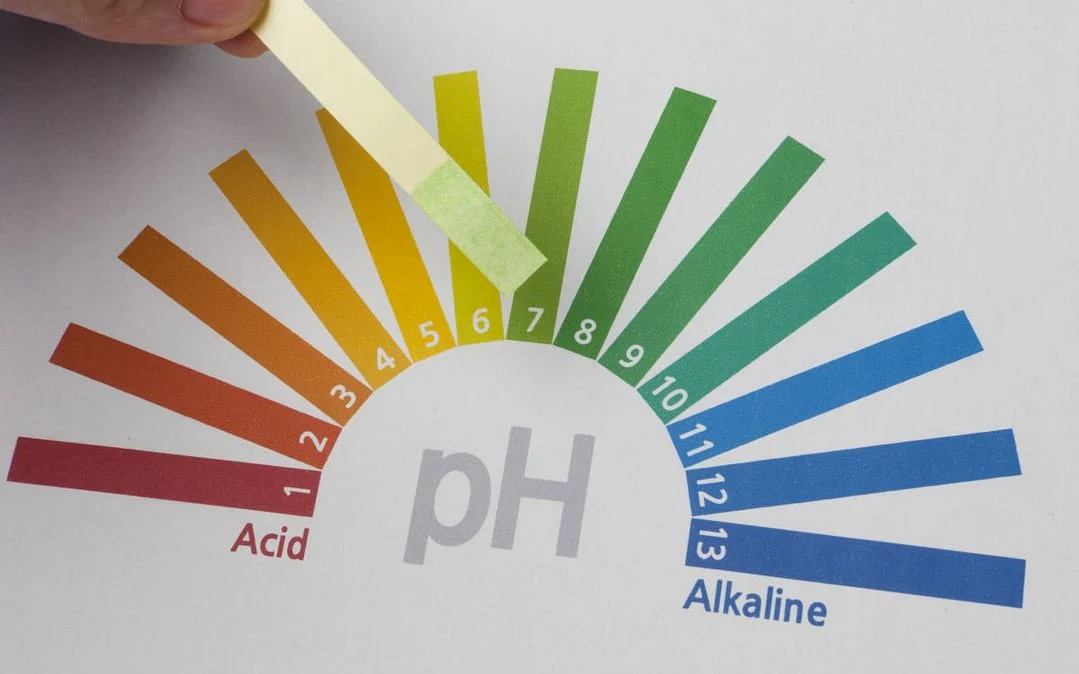Washing machine has sediment at the bottom – Causes and solutions
Washing machines are gradually becoming indispensable items in every modern family. However, after a period of use, many people encounter…
In OEM/ODM manufacturing, the situation of unsatisfactory products is a situation that can occur even with strict quality control processes. In that case, timely, accurate and effective handling of defective products not only helps protect brand reputation but also minimizes losses and improves output product quality. In this article, THT Vietnam will present in detail […]
In OEM/ODM manufacturing, the situation of unsatisfactory products is a situation that can occur even with strict quality control processes. In that case, timely, accurate and effective handling of defective products not only helps protect brand reputation but also minimizes losses and improves output product quality. In this article, THT Vietnam will present in detail the handling process when the processed products do not meet requirements, helping businesses build a systematic and professional quality management system.
When detecting a product that does not meet requirements, the first thing a business needs to do is classify and evaluate the level of error based on the established quality standards. Normally, product errors are divided into three main levels, each level has different characteristics and handling methods.

Classifying errors clearly and accurately will help businesses determine the appropriate handling method for each case, thereby improving quality control efficiency and protecting customer rights.
After correctly classifying the defective products, the next extremely important step is to immediately isolate these products from the standard products. This is to avoid confusion or accidentally releasing defective products to the market, affecting the reputation and quality of the brand.
At the same time, businesses need to create detailed records of each error, including the number of defective products, the time of detection and the related production batch. This record not only helps to monitor the error status but also serves as a basis for analyzing the cause and promptly reporting to responsible departments, thereby taking effective measures to handle and prevent recurrence.
Analyzing the cause of a product defect is a key step for businesses to prevent future errors. Common causes often include:
The analysis process needs to be done thoroughly and methodically, and quality management tools can be applied to find the root cause of the problem, thereby providing the most accurate and effective solutions.
Based on the error level and cause, the business will decide on the appropriate solution:
Each plan must be approved by the quality management department and fully documented.
After determining the appropriate treatment plan, the business needs to handle the defective goods seriously and according to the established process. For repaired products, quality inspection after repair is extremely necessary to ensure that the product meets standards and does not negatively affect customers and the market.

This testing process helps businesses ensure that the processed product retains its original quality and reliability, thereby protecting brand reputation and customer satisfaction.
The results of the processing of defective products should be reported in a detailed and transparent manner to relevant departments such as management, production, research and development (R&D), as well as customers if necessary. Timely and complete notification helps parties coordinate more effectively in improving the production process, thereby avoiding similar errors in the future.
At the same time, this coordination also contributes to maintaining and enhancing the brand reputation of the enterprise in an increasingly competitive market.
The defect handling process is not just about fixing but also an opportunity for continuous improvement to help:

Continuous improvement helps to reduce product defect rates, save costs and improve output quality.
Handling of substandard processed products is an important process to protect brand reputation and ensure customer benefits. Through the steps of classification, isolation, cause analysis, handling and continuous improvement, businesses can strictly control product quality, minimize risks and improve production efficiency. Applying a professional quality management system and modern technology will help optimize the process of handling defective products, contributing to building a sustainable brand and long-term development.
If you need advice on quality management solutions and handling of defective goods in OEM/ODM production, please contact THT Vietnam for detailed and effective support.

Washing machines are gradually becoming indispensable items in every modern family. However, after a period of use, many people encounter…

In the cosmetics industry, especially in the field of detergent production, pH is one of the most important factors that…

In the increasingly competitive cosmetics market, building a private label brand is not just about beautiful packaging or a massive…